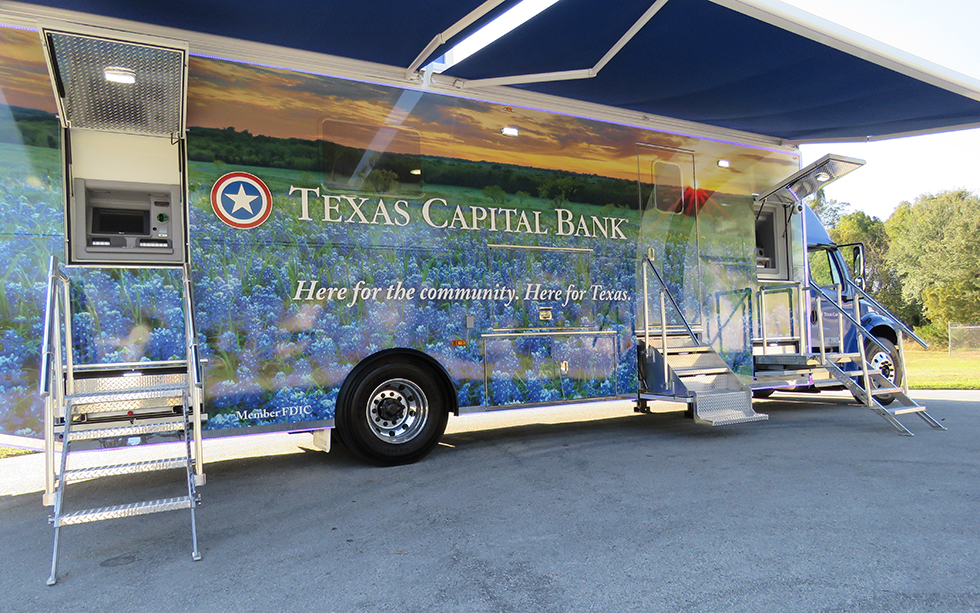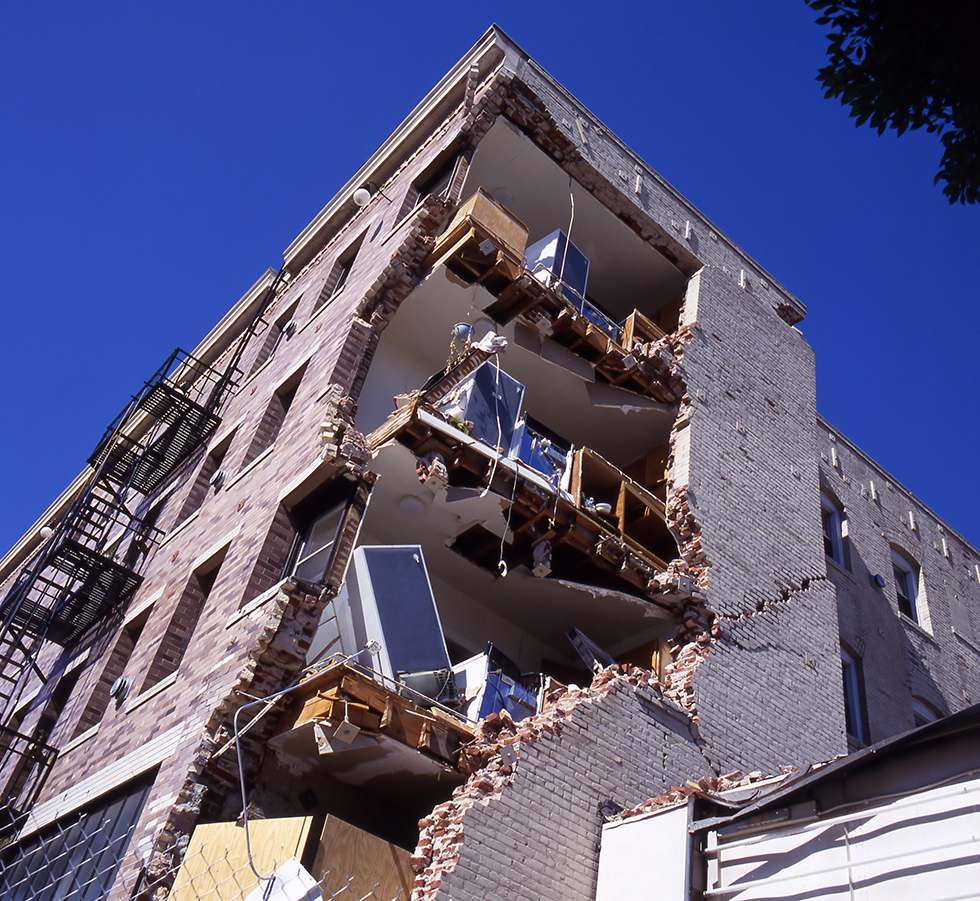Weathering the Storm: A Framework for Meeting CRA Obligations
Part Three: Identifying Opportunities Within Disaster Recovery and CRA
As with other areas within CRA, activities that are most responsive to the needs of the designated disaster area receive greater consideration and weight. For purposes of CRA, banks are evaluated on both the quality and responsiveness of investments.
Banks can look to nonprofit community partners, local governments and governance boards, academic institutions and philanthropic groups for real-time needs-assessment data and potential opportunities to engage in responsive disaster-recovery activities. Typically, the entities that provide a good starting point for banks that seek to engage in the recovery process are organizations that focus on the areas of housing, public infrastructure, community services and economic development. If a bank seeks to make its disaster-recovery activities responsive, it may require strategically engaging new partners, working collaboratively with other banks, creating new products and services and even investing in mission-driven financial institutions or capacity-building intermediaries working within the disaster area.
Community development financial institutions (CDFIs) provide an excellent opportunity for banks to engage in the recovery process. As mission-driven organizations that have a community development purpose and seek to foster economic opportunity and revitalize neighborhoods, CDFIs often have extensive community contacts within the areas they serve. Many work in the areas of affordable housing, economic development and small-business development and can act as conduits for banks that may be seeking investment opportunities within designated disaster areas. Under the CRA, banks may receive credit for activities conducted directly as well as through third parties. Investments made in CDFIs are presumed to have a community development purpose, which can provide additional support when seeking to qualify disaster-related activities conducted by these types of institutions. Visit www.cdfifund.gov for additional information and a list of certified CDFIs across the nation.
Capacity-building intermediaries can also provide banks with opportunities to engage in the disaster-recovery process. These large nonprofits have extensive national networks of community partners, which often include local government leaders, education providers, thriving nonprofits and philanthropy organizations. Intermediaries often focus on resiliency strategies as well as creating opportunity for LMI people. Many also have financing capacity and may qualify for CDFI investment. Because intermediaries work across a broad spectrum of subject-matter areas, they are better positioned to diversify investments across the interconnected topics of disaster recovery, resiliency and preparedness. Working through intermediaries can give banks an opportunity to explore investment opportunities that better match their business lines as well as provide access to nonprofit organizations that target specific communities of interest.
Other Activities That May Qualify for CRA Consideration
Banks can engage in numerous activities following natural disasters that offer temporary or immediate direct relief to communities and consumers. For example, during recent natural disasters, banks have frequently waived ATM, overdraft and late fees and allowed noncustomers to use their bank services free of charge.
 Following Hurricane Harvey in 2017, Texas Capital Bank deployed its mobile banking center to provide emergency banking services to its customers and the broader community. Credit: Texas Capital Bank
Following Hurricane Harvey in 2017, Texas Capital Bank deployed its mobile banking center to provide emergency banking services to its customers and the broader community. Credit: Texas Capital BankAdditionally, many banks have provided responsive retail services such as delayed credit bureau reporting; offered loan deferment of mortgage and auto payments; eased credit card qualification requirements, loan terms and credit limits; and provided small-dollar loans immediately following natural disasters. Some banks that have access to mobile banking facilities have even donated these mobile units to local nonprofits to provide banking services as well as emergency aid to LMI communities and individuals across impacted disaster areas.
Following hurricanes Katrina, Rita and Wilma in 2005, many banks stepped up to help communities in their recovery efforts. In addition to offering resources that assisted their own customers, some banks joined with competitors to collaborate and create innovative products and solutions that aided the broader community. To address housing shortages and the need to replace damaged property and facilities, banks partnered with local community-based organizations. Disaster-recovery activities included supporting the reconstruction of single-family homes, commercial and multifamily properties, and businesses by providing financing, financial counseling and other services. Additionally, banks supported small-business recovery efforts by investing in CDFIs, capitalizing new local, state and regional loan funds that provided flexible funding to targeted vulnerable populations, and utilizing NMTC allocations to replace needed public infrastructure.[1]
 Earthquakes can cause irreparable damage to a city’s critical structures; providing capital to safeguard buildings in vulnerable areas like Los Angeles can help ensure the vitality of a region’s housing supply.
Earthquakes can cause irreparable damage to a city’s critical structures; providing capital to safeguard buildings in vulnerable areas like Los Angeles can help ensure the vitality of a region’s housing supply.Another example of banks engaging in responsive disaster-related activities can be found in California, where banks have provided financing for seismic retrofitting loans. In response to emergency regulations effective Dec. 22, 2016, that required the rehabilitation of buildings located within earthquake-vulnerable areas in California, banks began working with the California Capital Access Program (CalCAP) to provide loans to residential property owners and small businesses for seismic safety retrofits. These seismic-retrofit loans have played an integral part in providing the private capital many homeowners and small businesses need to safeguard their property from the risk of a potential catastrophic earthquake.[2]
Disaster-Related Activities Outside a Bank’s Assessment Area
Banks that seek to be good corporate citizens recognize the importance of helping other communities that may be in need but fall outside their service areas. While one of the primary driving forces behind the creation of CRA was to encourage banks to better serve the communities where they are physically located and accept deposits, federal regulatory agencies have recognized that banks can play a pivotal role in rebuilding communities in their larger statewide or regional area.
According to Q&A § __.12(h)—6, generally banks can receive CRA consideration for disaster-recovery-related activities that are within the regional or broader statewide area but outside their assessment areas as long as they have first been responsive and adequately met the needs of communities within their assessment areas. In addition, on rare occasions CRA consideration has been allowed for activities outside a bank’s regional area. Before engaging in such activities, banks should look to guidance issued by the federal financial regulatory agencies. For example, the most recent interagency guidance issued on Jan. 25, 2018, in response to Hurricane Maria allowed consideration of bank activities that help revitalize or stabilize the U.S. Virgin Islands and Puerto Rico, which were designated as major disaster areas.[3]
| Notes for Nonprofits: Working with Banks on Disaster Recovery and CRA |
|
The Community Reinvestment Act (CRA) provides a valuable opportunity for community-based organizations and nonprofits to better serve the communities in which they work by engaging in meaningful dialogue and collaboration with banks. CRA is not a mandate requiring banks to financially support community-based organizations, but it provides descriptive guidance that encourages banks to lend, invest and serve in the communities where they take deposits. Because banks are responsible for reporting their CRA-related activities to financial regulators, nonprofits can provide banks with data on impact as well as statements of support detailing how a bank’s lending, investment and services have made a difference in the communities they serve. Additionally, these on-the-ground organizations can provide banks with potential customers and new business opportunities. Nonprofits should recognize that CRA does not create a pipeline of funding; it creates the chance to build a partnership through which all parties involved can mutually benefit. For the nonprofit, these benefits might include increased public visibility and credibility as well as a source of financial support, potential board members and technical assistance. Disaster recovery under CRA provides banks with an opportunity to be most responsive to the needs of communities during a time when there is often an extraordinary need for services and resources but limited means available to meet the increased demand. Nonprofits working in a federally designated disaster area are well-situated to provide banks in these communities with data on unmet needs and vulnerable low- and moderate-income (LMI) populations and to serve as a conduit to deploy resources and services directly to those in need. Disaster recovery is not a quick process, and it may require continued investment. This points to one reason why it is important for nonprofits to forge relationships with banks in the community. By building trust, nonprofits can establish a reputation as a valued community partner and possibly become an integral part of a bank’s community development activities. Before engaging with any bank on disaster-recovery efforts where CRA consideration is the primary driver, nonprofits should ask the following four questions:
If the response is “no” to any of these four questions, a nonprofit’s disaster-recovery activities may not qualify for consideration under CRA, but there may be other opportunities to partner with banks on activities that are responsive to the needs of communities, including those that are LMI. While the guidelines for disaster-recovery activities are somewhat specific, there are other areas under CRA that can provide an opportunity for a nonprofit to collaborate with banks. CRA is broad and still evolving; nonprofit organizations are encouraged to evaluate where their current or proposed work in communities may align with the community development interests of banks and seek to build relationships in those areas. |
Notes
- For more information on how banks supported the Gulf Coast recovery following the 2005 hurricanes, see “Community Redevelopment in the Gulf Coast,” by John C. Dugan, Community Developments, Office of the Comptroller of the Currency, Fall 2008.
- For more on the California Capital Access Program’s (CalCAP) Seismic Safety Financing Program, visit their website.
- See the “Interagency Statement on CRA Activities related to Hurricane Maria.”